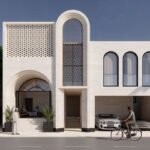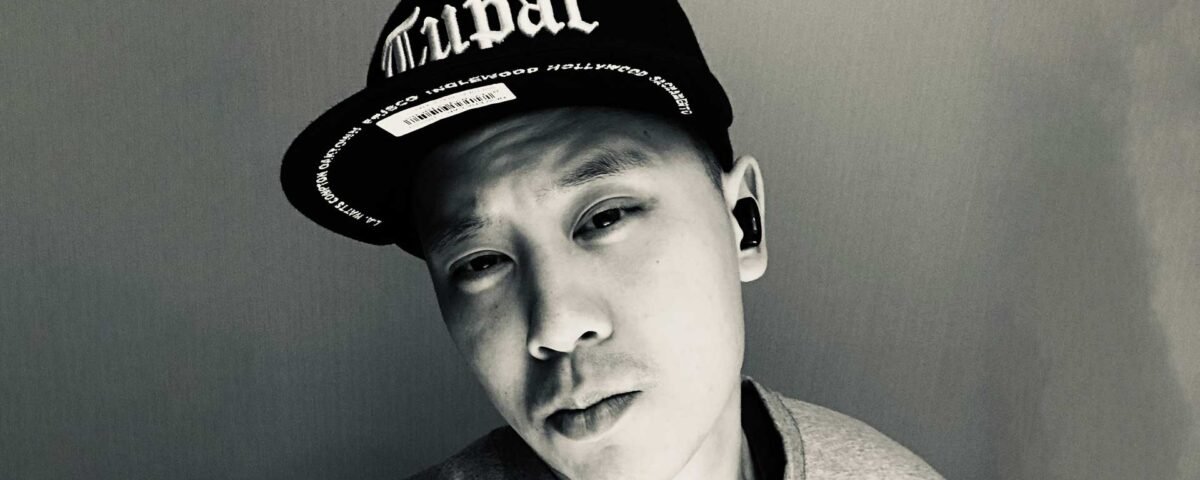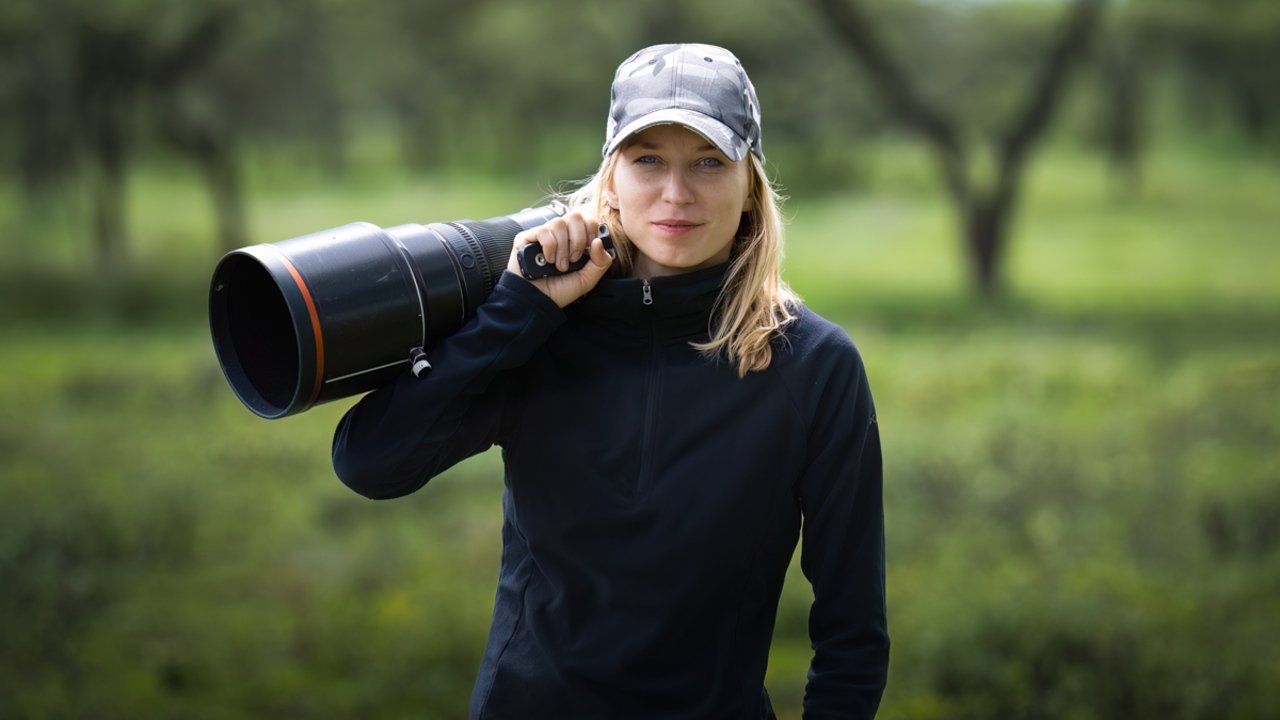1Congratulations on winning the Rome Design Awards! Can you introduce yourself and share about what inspired you to pursue design as a career?
Since early childhood, I’ve had a deep passion for turning ideas into tangible creations. I initially pursued fine arts, but changing circumstances led me to architecture, which eventually guided me into interior design. To me, all of these disciplines are simply different expressions of the pursuit of beauty.
2What does being recognised in the Rome Design Awards mean to you?
I'm truly honoured to receive this recognition. Regardless of the category, being acknowledged by a prestigious Italian design award is deeply meaningful to me.
3How has this achievement impacted your career, team, or agency, and what opportunities has it brought so far?
This competition has greatly uplifted my entire team. It has brought us closer together and motivated us to present our best designs and ideas to the clients who place their trust in us.
4What role does experimentation play in your creative process? Can you share an example?
Experimentation, to me, is essentially about exploring and redefining the idea of beauty. Everyone sees beauty differently. We carefully analyse and document our clients’ needs, then interpret them through a design language that aligns with their unique tone and aesthetics.
5What's the most unusual source of inspiration you've ever drawn from for a project?
One of my most unexpected inspirations came from an old Audemars Piguet Royal Oak watch, a gift from my father. Its clean lines and timeless elegance taught me the value of enduring design that never goes out of style.
6What’s one thing you wish more people understood about the design process?
What I wish more people understood is the importance of pre-design work, attention to detail, and the professional capabilities of the team behind the project. These elements are what bring a designer’s vision to life with precision and beauty.
7How do you navigate the balance between meeting client expectations and staying true to your ideas?
We always prioritise the client. Typically, we provide two to three design options, which are internally discussed and refined. Each reflects both our aesthetic vision and the client’s preferences, striking a balance between the two.
8What were the challenges you faced while working on your award-winning design, and how did you overcome them?
Every project comes with its own set of challenges and highlights. Rather than “overcoming” them, I see these moments as opportunities to grow through learning—and sometimes through failure.
9How do you recharge your creativity when you hit a creative block?
When I hit a creative block, I avoid looking at architecture references. Instead, I turn to fashion, watches, and lifestyle magazines. These sources offer a fresh perspective and help me reconnect with my creativity.
10What personal values or experiences do you infuse into your designs?
As designers, it’s natural to want to leave a personal mark. However, our team believes the best design is one where both client and designer are satisfied — it’s not about imposing our values, but creating harmony.
11What is an advice that you would you give to aspiring designers aiming for success?
Design is a joyful and fulfilling path, though not without its hardships. My advice: keep going. Trust that everything you seek lies ahead. Surprises and growth await those who persist.
12If you could collaborate with any designer, past or present, who would it be and why?
I would choose Ludwig Mies van der Rohe. I admire his mastery of lines and light, and I dream of learning from him—both as an architect and a disciple of his timeless approach.
13What's one question you wish people would ask you about your work, and what's your answer?
One question I wish people asked is, “Why are your ceilings always so simple?” My answer: Because in daily life, it’s the surfaces we touch and walk on that matter most. The ceiling—“the sky”—should remain pure and serene.













